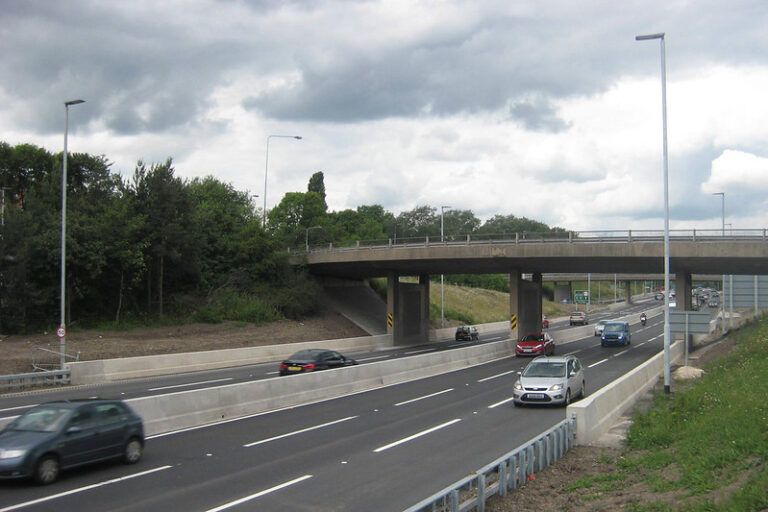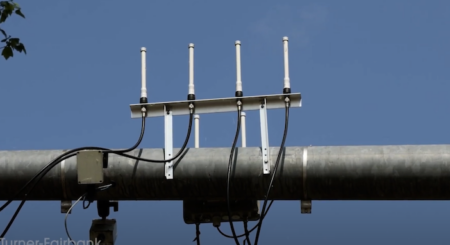Traffic data from local authorities in the UK is being used daily by the Department for Transport to understand any changes in travel behaviour as a result of the government’s decision to impose and now start to relax the Covid-19 lockdown restrictions.
As part of the government’s response to the virus, the DfT led a huge effort to collect, collate and integrate transport data from local authorities across England into the information that has largely provided reassurance that people have been sticking to government rules to stay home. This data will continue to be a critical tool in its monitoring of the relaxation over the days and weeks to come.
The DfT and Arup, as promoters and administrators, of the Transport Technology Forum, worked with ITS (UK) to appeal for data at the beginning of lockdown so they could accurately track transport use. Local Authorities from cities, towns and counties across England quickly responded with urban traffic control and automated traffic counter statistics, video analytics and Wi-Fi data from the roadside, as well as information on car park usage.
Along with the national information the DfT has, this data is being used to understand the changes occurring to travel in towns, cities and rural areas, allowing analysts to look for regional variations, determine which roads are busiest, and the types of vehicles most frequently on the road.
“The data local authorities provided has been a vital element in reassuring national government about compliance with the lockdown,” says TTF Chair Steve Gooding. “I am very impressed by and grateful for how seriously local authorities have taken this call to action and how rapidly they have risen to the challenge.
“Like the dashboard in your car, the key has been for DfT first to harvest data from a variety of sources, and then to combine and present it clearly to enable those taking the decisions to see at a glance what’s happening, and where they might need to act. This dashboard of data will be a key input to decision-making as restrictions are lifted.”
The data from local authorities is augmenting the data DfT already uses from Highways England and its own automated traffic counters to provide a better picture of current road travel behaviour. This sits alongside data the Department receives about rail and air, public transport, freight and maritime to summarise how, where and when people and goods are moving around the country.
This new national dataset has been built in an extremely short amount of time and is helping shape the response to the virus. It is part of a huge DfT-wide effort to maximise the contribution transport statistics make, and move from reporting monthly or quarterly to once or twice a day. These updates on transport use are given daily during news conferences from 10 Downing Street.
As restrictions are eased, the data gathered will be invaluable in understanding how public behaviour is changing, whether travel patterns are returning to normal, or what different patterns are being experienced. This information will be vital for traffic management and future planning.





